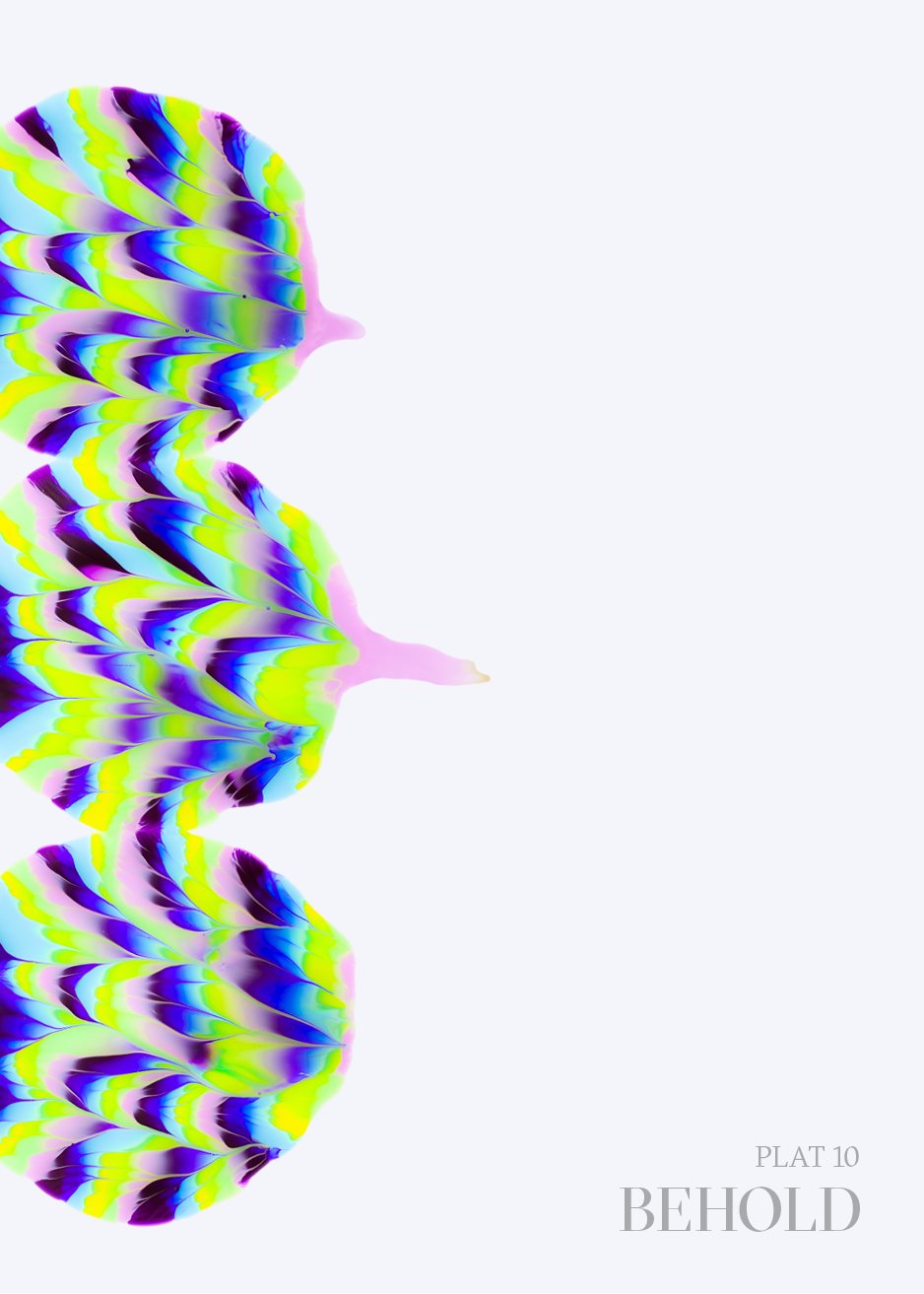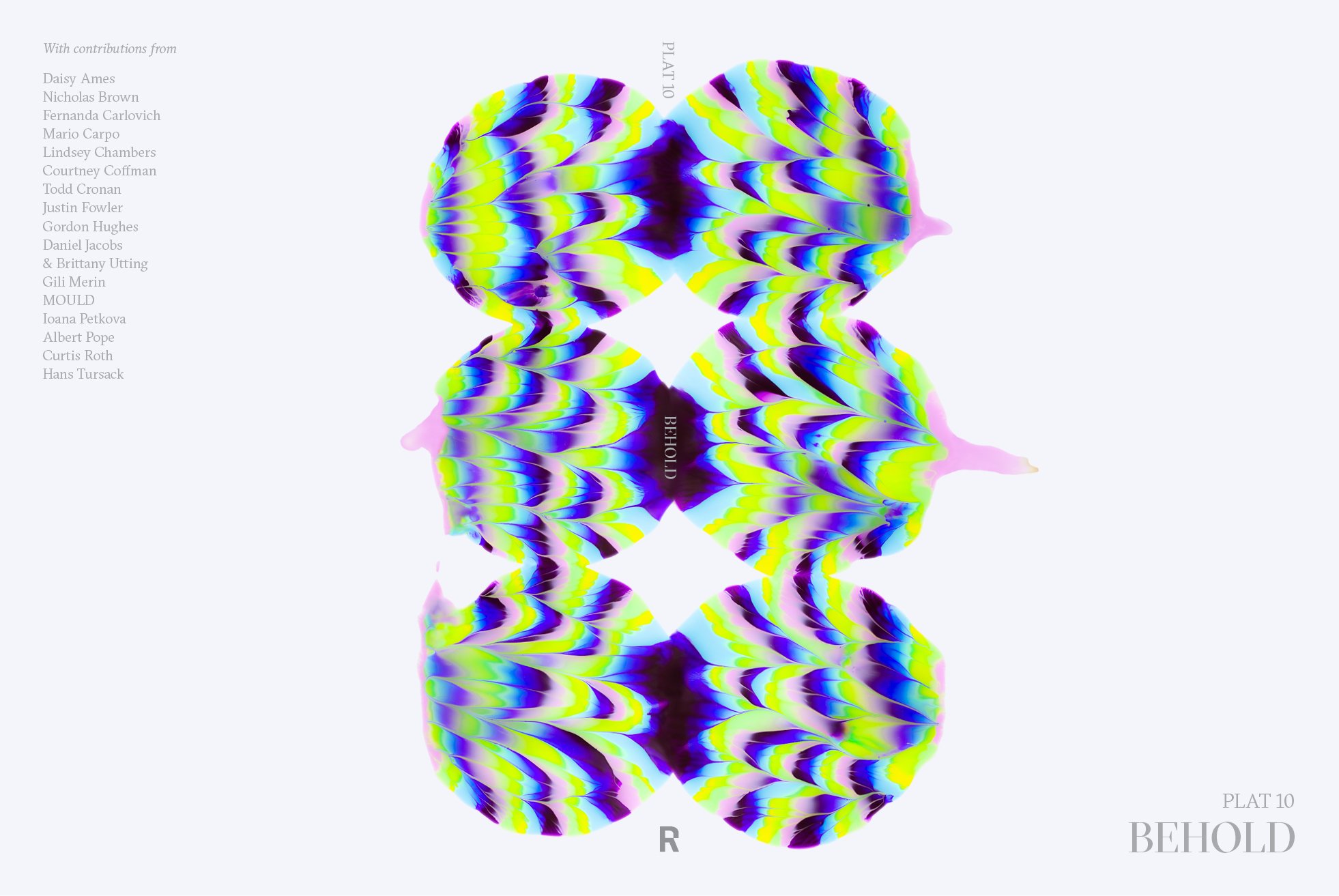PLAT 10: BEHOLD


PLAT 10: BEHOLD
In a capitalist society where even spatial effects are commodified, providing desirable user experiences to potential consumers threatens to eclipse all other aspirations. If the intention behind a work is only to provoke the interest of a consumer, interpretation of it as something other than a commodity is impossible. Positioning user experience as the sole concern of architecture risks relinquishing its capacity to carry an independent meaning.
PLAT 10 speculates on the significance of a parallel audience distinct from the user: that of the beholder. The former implies experiencing an architectural object. The latter involves interpreting the intentions embedded in said object. To use architecture means to engage only with the physical existence of a work; to behold it considers a built work as the conveyor of ideas. If a project acknowledges and engages with this distinction, it can begin to resist its commodification. This aspiration may seem naively heroic, but does architecture have a choice? How can it uphold a status as an active agent in society while being constantly subsumed by the market?
The decentering of user experience recalls the project of autonomy explored extensively in the seventies and eighties. In his introduction to the Oppositions Reader, Michael Hays claims that architecture’s autonomy is “its self-organization into a body of formal elements and
operations that separates it from any particular place and time.” But architecture’s presence in public is imminent and significant—by ignoring its status as a commodity within a larger system, these efforts failed to address the reality in which it necessarily exists—a reality built on individualism and inequality, which left unchecked grows increasingly difficult to challenge. The apathy inherent in “separating architecture from any particular place and time” amounts to tacit approval of current conditions.
Is there a way to instead suspend commodification without denying its presence in what we do? Can there be autonomy from market forces without an ignorance of the real world? By positioning using and beholding as two parallel yet distinct poles, might there be a way to curate a user experience and engage with broader issues without compromising either endeavor? How does the recognition of the beholder alongside the architect and the user affect the overall dynamic? How can a building address a public beyond its users?
Contributors to this issue approach this idea from a varied range of perspectives. From the relevance of captions and narrative in photography to dwelling policies in England, from the role of the critic and the skeptic in creative fields to activist projections in Brazil, and from the viability of producing architectural meaning to the prospect of architecture after architecture, the articles of PLAT 10 circle these questions in an open-ended manner to produce a conversation that doesn’t limit itself to one definition of the architectural discipline.
Throughout the issue, architects, art historians, critics, and educators speculate on the potentials of framing architecture as a medium for producing and conveying meaning. We hope PLAT 10 serves as a way of challenging the elitist legacy in the question of what it means to behold a work of architecture.
Editors-in-Chief
Jimmy Bullis
Pouya Khadem
Managing Editor
Jane Van Velden
Design Director
Adam Berman
Editing Director
Harish Krishnamoorthy
Development Director
Elina Chen
Collaborative Editors
Paul DeFazio
Jeremy Harrienger
Joseph Hsu
Nathaniel Leazer
Lauren Philips
Layout
Lindsey Chambers
Paul DeFazio
Elina Chen
Joseph Hsu
Social Media
Sebastián López Cardozo
Cover Artwork
Curtis Roth
